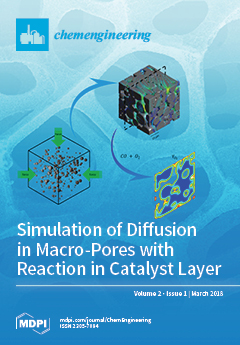Cultural eutrophication stimulated by anthropogenic-derived nutrients represents one of most widespread water quality problems worldwide. Constructed wetlands (CWs) have emerged as an aesthetic, sustainable form of wastewater treatment, but, although they have shown adequate levels of organic matter removal in wastewaters, the effectiveness
[...] Read more.
Cultural eutrophication stimulated by anthropogenic-derived nutrients represents one of most widespread water quality problems worldwide. Constructed wetlands (CWs) have emerged as an aesthetic, sustainable form of wastewater treatment, but, although they have shown adequate levels of organic matter removal in wastewaters, the effectiveness of nutrient removal has been less successful. An eleven-month monitoring program was undertaken in a horizontal subsurface flow CW (HSSF-CW) treating domestic wastewater from a village in Centre Region of Portugal, to evaluate the influence of climatic conditions (Continental-Mediterranean Climate region) and seasonal variations on removal. This CW uses gravel and sand as substrate and
Phragmites australis as wetland plants. Samples were collected at the inlet and outlet from wetland bed and analyzed for pH, TN, Org-N, NH
4+-N, NO
x-N, TP and DP. The removal efficiencies (RE) of nitrogen and phosphorus compounds were relatively poor, but the results allow us to conclude that season had a significant (
p < 0.05) effect on the RE of TN, NH
4+-N, NO
x-N, TP and DP, with higher values in warmest period (10.4%, 10.4%, 3.4%, 27.5% and 26.1%, respectively) than in coldest period (0%, −7.7%, −9.8%, 12.9% and 0%, respectively). Although lower hydraulic loading rate (HLR) generally resulted in better RE of all N and P compounds analyzed, no significant linear relationship was observed between these two variables. TN and NH
4+-N concentrations in the effluent tend to significantly (
p < 0.05) decrease with increasing respective incoming mass load rates for whole monitoring period and during spring–summer period, while the correlation between outlet TP concentrations and the inlet loading rate are not significant. The results indicate that the system is not effective for removal of nutrients, probably because it operated on overload and with a low hydraulic retention time (HRT) (average = 2.4 days). The results also showed that the RE of N and P followed seasonal trends, with higher values during spring–summer period.
Full article





